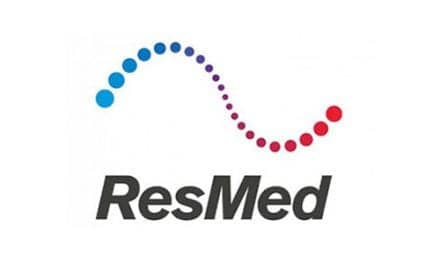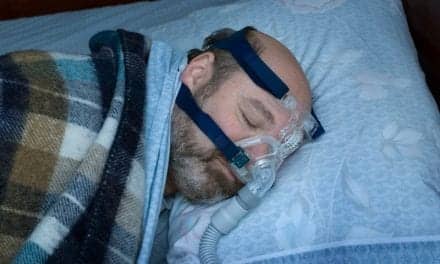According to a study, the use of home respiratory polygraphy is reliable and produces comparable results to an in-lab respiratory polygraphy (LRP) and polysomnography (PSG) for the diagnosis of sleep apnea in children.
The research team conducted a prospective, blinded study on 50 randomly selected children being evaluated for clinical suspicion of obstructive sleep-apnea hypopnea syndrome (OSAS). Participants were given a home respiratory polygraphy (HRP) and within 2 weeks a simultaneous in-laboratory PSG and LRP.
According to a Healio news report, 66% of the children were diagnosed with OSAS based on a PSG-defined obstructive respiratory disturbance index (ORDI) of at least three events per hour during sleep. The results of the study also showed using the interclass correlation coefficient, ORDI agreement between PSG and LRP (ORDI = 96.5; 95% CI, 92.3-98.2) as well as HRP (ORDI = 86.7; 95% CI, 76.5-92.5) was greater than 80% in all cases but higher for LRP than HRP.
María Luz Alonso-Álvarez, MD, and colleagues write, “This study shows that HRP provides a reasonably valid alternative to [in-laboratory PSG for the diagnosis of [obstructive sleep apnea-hypopnea syndrome (OSAS)] in children clinically referred with a high index of clinical suspicion for the presence of OSAS.” The researchers add, “This frequent and highly prevalent pediatric condition is associated with adverse consequences and excessive and costly use of health care services.”
However, the research team emphasizes the importance and validity of using HRP in the diagnosis of children suspected of having OSAS, specifically the comfort of home testing and reduced cost. The researchers write, “We should stress, however, that when inconclusive HRP findings occur, a conventional PSG should be performed, and we further recommend incremental research efforts, particularly for the mild diagnosis of OSA using HRP in children.”
Source: Healio









